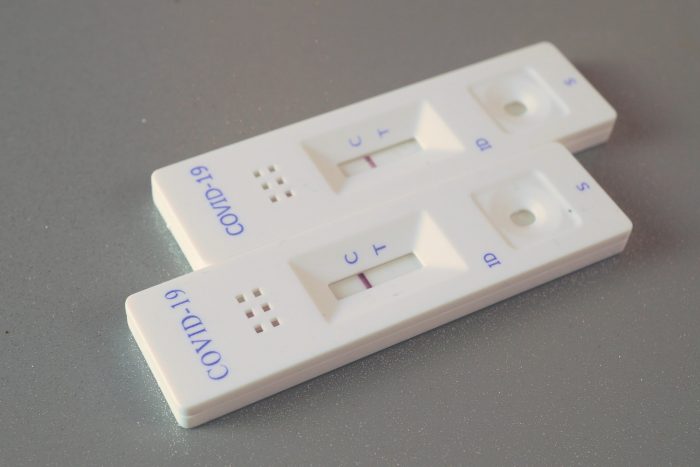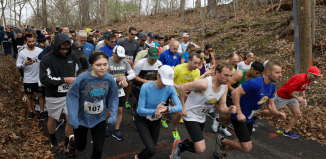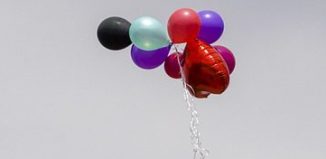Between You and Me: At home rapid tests can help defeat COVID-19
By Leah S. Dunaief

A good idea during this later stage of the pandemic is to have an at-home rapid COVID test, which indicates a result in 15 minutes. Sometimes you just don’t know whether it’s a simple cold that’s arrived and is making your throat sore, or if the situation is more dire and you need to seek help. Or perhaps you find that you have been exposed to someone who has now tested positive, and you want to check yourself accordingly. Or you are about to visit grandma and you want to be sure you are not carrying the pathogen to her.
Besides the personal value, the tests can be an important public health tool, although for the moment demand is high and they are hard to find. I was able to locate two tests at a local drug store by calling around. They can be purchased at pharmacies for anywhere from $10 to $40 a test. The following are available without a prescription, according to The New York Times article, “At-Home COVID Tests: Valuable if Used Right,” in the issue of Oct. 5, and written by Emily Anthes: Abbott BinaxNOW, the Ellume COVID-19 Home Test (although there was some issue with this one yesterday), and the Quidel QuickVue At-Home COVID-19 Test. The tests “detect small viral proteins, called antigens,” and they “require rubbing a shallow nasal swab inside your nostrils, and then exposing the swab to a few drops of chemicals,” as described by the article. OraSure also makes them, among many other companies rushing their products to market.
While the manufacturers’ tests are fairly simple, their directions have to be followed carefully in order to provide a correct answer. And while their results are correct 85% of the time, the tests can give a false negative if taken too soon after exposure. Further, the tests are more sensitive to people with symptoms, especially during the first week, and when people are most infectious and can be actively transmitting the virus, according to Anthes.
The successful detection rate goes up to 98% when the tests are used repeatedly, say every three days for screening. But again, those with symptoms may test immediately, while those who have been exposed to the virus should wait 3-5 days to let the antigens accumulate in the nose, if they are there, before testing. In the event of a positive result, people should take the usual precautions: isolation, monitoring symptoms and calling for medical help if necessary. They should also get a second test to confirm the result.
Rapid COVID-19 tests are for sale in grocery stores for one euro (a bit more than a dollar) in Germany, and in Britain a pack of seven are free. Policymakers around the world realized that rapid tests were a valuable public health aide. We here in the United States must make them available and more cheaply so that we can know who is infected, who is a carrier and where the outbreaks are. President Joe Biden (D) has recognized this need and is working to make the tests accessible and more affordable. He needs to make the rapid tests official public health tools rather than medical devices. That would only take an executive order. And it would allow global manufacturers of COVID-19 tests to enter our market and immediately increase our supply.
According to a piece on the Opinion page of The New York Times in the Oct. 2 issue, written by experts Michael Mina and Steven Phillips, “Past economic analyses predicted that a major government-funded rapid testing program that reached every American could add as much as $50 billion to the gross domestic product and save tens of thousands of lives or more,”
There is, happily, bipartisan support for making all this happen. Vaccination plus rapid testing would mean no more unnecessary isolations, no more missed holidays with families, no more randomly closed schools or businesses. We would, in effect, be able to live with the bug.







